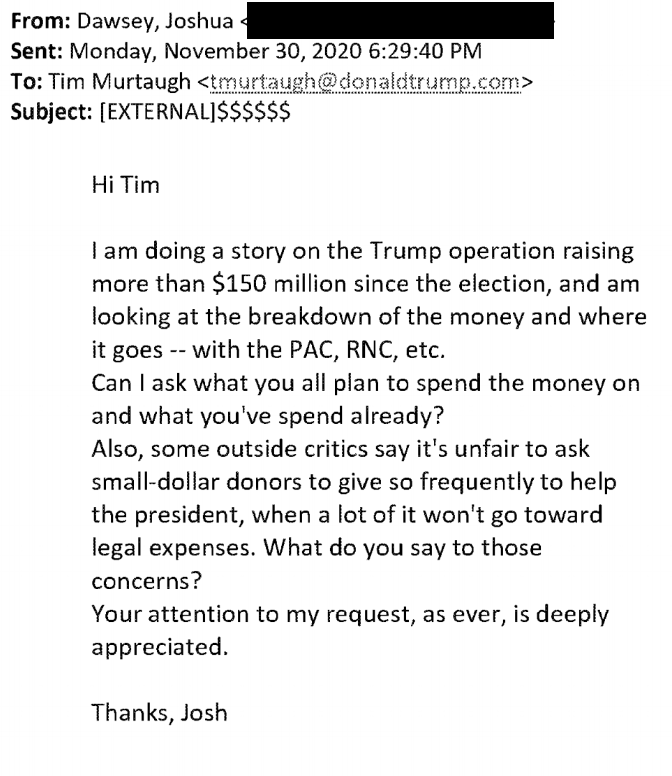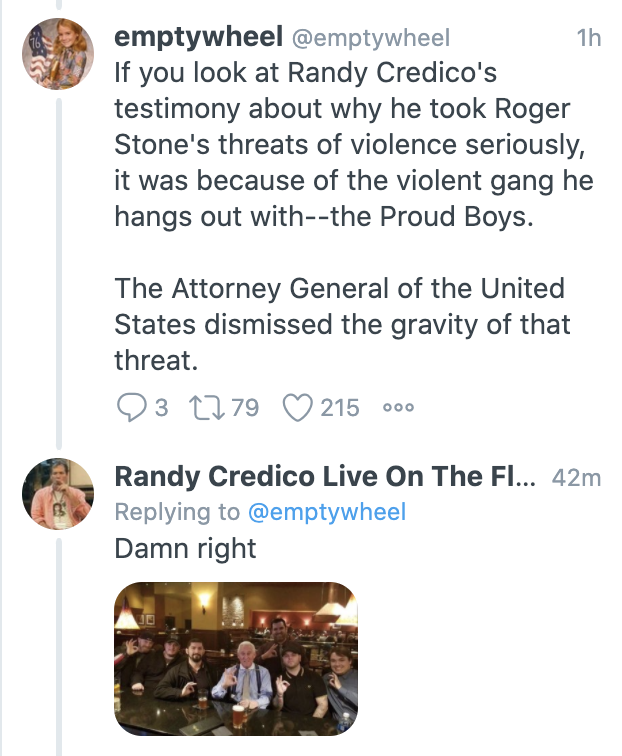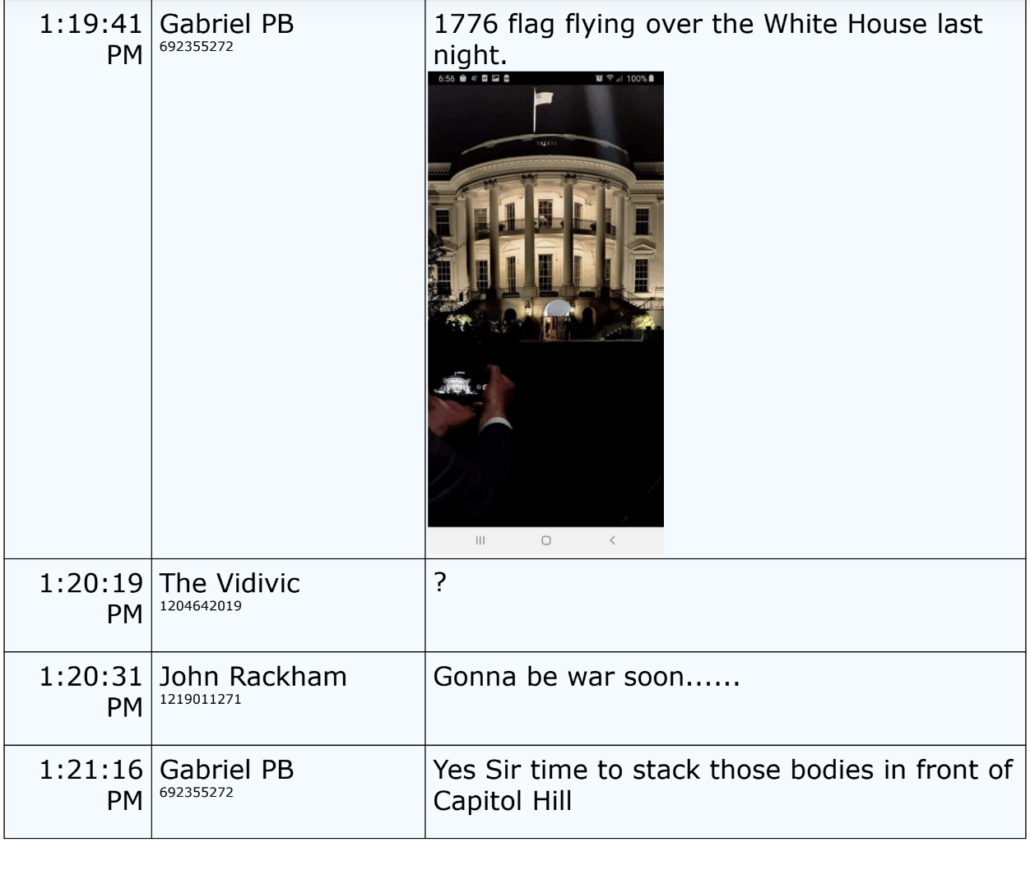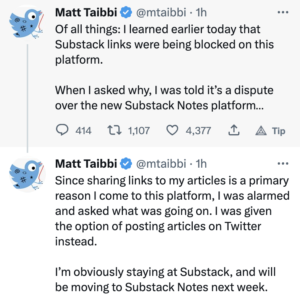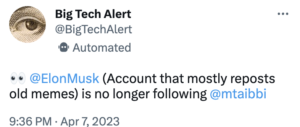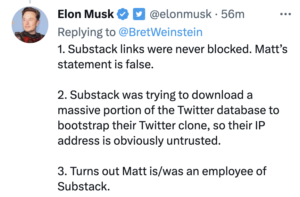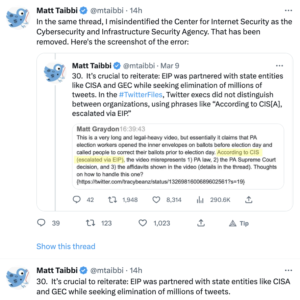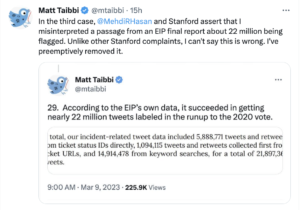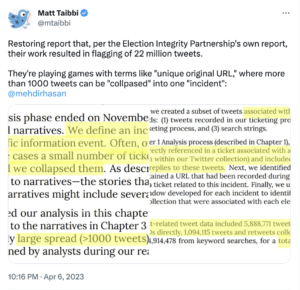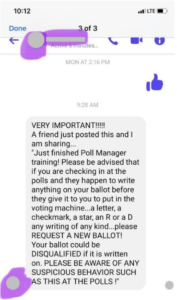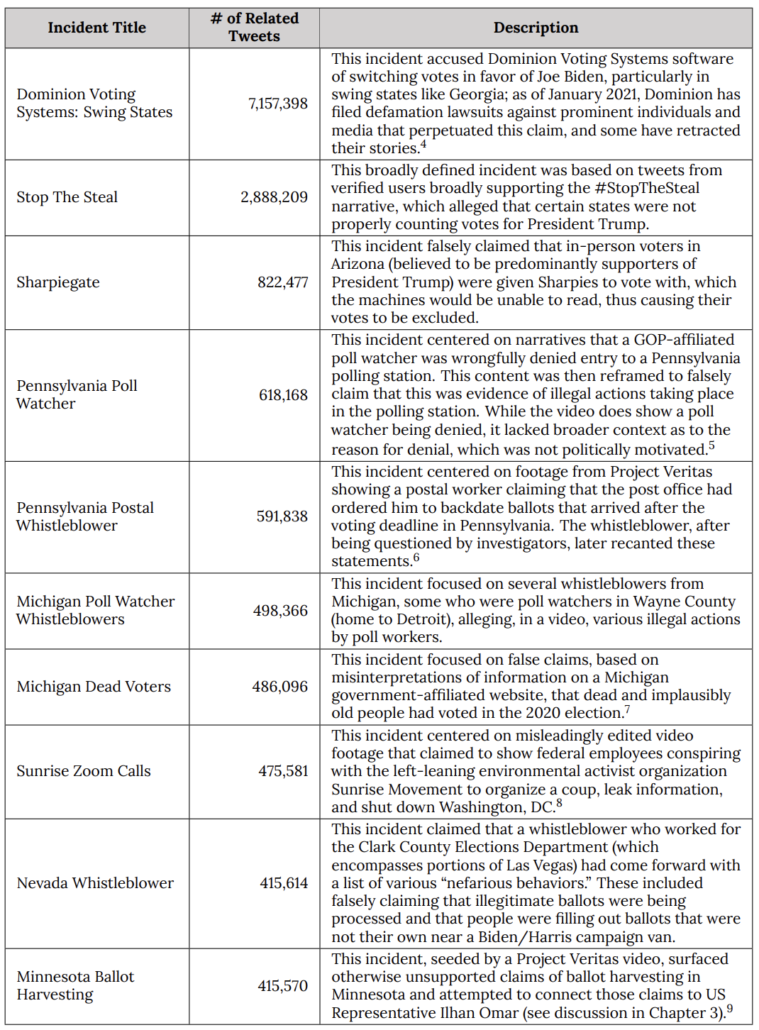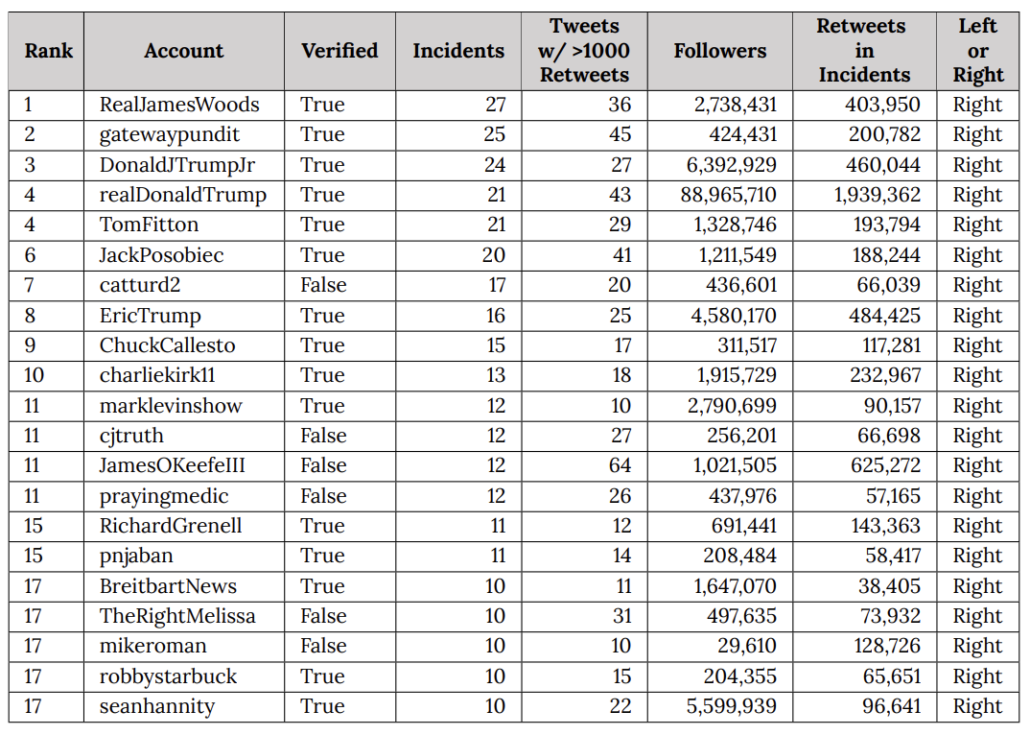From emptywheel: Thanks to the generosity of emptywheel readers we have funded Brandi’s coverage for the rest of the trial. If you’d like to show your further appreciation for Brandi’s great work, here’s her PayPal tip jar.
The Proud Boys seditious conspiracy trial, after three arduous months, is on the verge of its conclusion. Closing arguments in the historic case unfolding just steps away from the U.S. Capitol could come as early as this week though not before at least one of the defendants may testify.
On Tuesday, when U.S. District Judge Timothy Kelly takes the bench for the 53rd time in the trial’s proceedings, the final contours of the Proud Boys defense are expected to be outlined and any final attempts by the defendants to undercut what has been a massive presentation of damning evidence by the Justice Department will be made.
If this trial has been a marathon, this is now the final leg, and as the defendants arrive at the finish line, they only have so much time left support their argument that they were not part of a conspiracy to forcibly stop the transfer of power on Jan. 6, 2021, nor were their efforts aimed at obstructing Congress from certifying the results of the 2020 election.
Last week, Norm Pattis, a defense attorney for Proud Boy Joseph Biggs, said the former Infowars contributor wouldn’t take the witness stand. To what may end up being his benefit, Biggs has been a largely quiet figure at trial, sitting mostly silently for weeks in a series of gray suits and dark-framed glasses as he occupies a corner of the defense table positioned furthest away from the jury.
Pattis and his co-counsel Dan Hull have mostly managed to keep Biggs and questions about his specific conduct on Jan. 6, alleged or otherwise, limited.
When it has come to the cross-examination of government witnesses who suggested Biggs was integral to the breaching of initial barriers on Jan. 6 alongside defendant Ethan Nordean or when it has come to claims that he played a central role in whipping people into a frenzy, Pattis has often worked to refocus the jury’s attention to matters tangentially-related, like philosophical or ideological points around protest, speech or assembly.
Where that has failed outright or faced disruption through a series of sustained objections from prosecutors, Biggs’ legal team has invoked the suggestion that the violence of Jan. 6 was the byproduct of FBI interference or incitement or just pure herd mentality.
In court this week, the only evidence Biggs presented was a roughly 90-minute video of a Proud Boys video teleconference meeting held on Dec. 29, 2020. The video, according to the defense, goes toward the claim that Proud Boys had only planned to engage in a peaceful protest and respond to antifa or leftist interlopers accordingly.
The force of that video’s effect, however, may have been mitigated since Biggs said little in it to start and on top of that, it featured unsavory moments steeped in anti-Semitism and misogyny.
For example, jurors heard Tarrio and fellow Proud Boys in the meeting laugh as Tarrio discussed wearing a “six-pointed star” on Jan. 6 and making their official colors white and blue, like the Israeli flag.
As the men laugh in the clip, Tarrio is heard assuring them that Proud Boys would never elect a “small hat” to their elders’ council. A small hat is a presumed reference to a yarmulke. Then, at another unsympathetic moment in the meeting, one Proud Boy is heard recalling how at the Dec. 12 rally in D.C., a woman tried to walk past him in the crowd.
She told him to “make a hole” so she could squeeze by. In the clip, the Proud Boy recounted what he thought in the moment to Tarrio and crew: “I’m about to make a hole and put you in it you fucking whore,”
The jurors, as such, have mainly been left to acquaint themselves with Biggs through footage of him on Jan. 6 where he is regularly seen exuberantly clutching a bullhorn or shouting angrily about antifa or marching past police barriers with fellow Proud Boys as the melee around them comes to a crashing head.
The leader of the neofascist network, Henry “Enrique” Tarrio, is very unlikely to testify barring any last-minute changes of heart. Though he was absent from the Capitol on Jan. 6, prosecutors argue the Miami, Florida-based Proud Boy oversaw and coordinated the group’s efforts from afar and had intended to stop the certification for weeks.
During the trial this February, jurors saw evidence to suggest that Tarrio had by Dec. 30, 2020, possessed and shared a key document entitled “1776 Returns” that contained a detailed proposal to occupy federal buildings in Washington, D.C.
It didn’t mention the U.S. Capitol building specifically and Tarrio has vehemently denied authoring the proposal or knowing the document’s origins. Nonetheless, in text messages shown to jurors last month where “1776 Returns” was discussed, Tarrio is seen vowing that his “every waking moment” consisted of thinking about a “revolution.”
This poked a large hole in the defense’s already-thin theory that Proud Boys only concerned themselves on Jan. 6 with the task of protecting innocent Trump supporters who wanted to rally unmolested by rabid leftists hiding in plain sight.
During trial last week, Tarrio’s attorney Sabino Jauregui entered text messages into the record between the Proud Boys leader and Shane Lamond, a D.C. police lieutenant. The messages, according to Jauregi, support Tarrio’s assertion that he informed police of Proud Boys activities and whereabouts regularly and that he didn’t obscure his intent with officers for Jan. 6.
Almost all of the texts shown in court last week (there were 46) were from points long before Jan. 6. And while Tarrio has painted the relationship he had with Lamond as one of equal input, some of the texts suggest the relationship may have been lopsided and most of his messages to Lamond were short and sweet.
Lamond is currently under investigation for his communications with Tarrio. He has not been charged with any crime and he has denied any wrongdoing. Lamond has, however, invoked his Fifth Amendment right against self-incrimination and has opted against testifying at the trial.
The texts were varied; mostly showing Lamond asking Tarrio where Proud Boys would be during a rally or other high-profile event. The men were friendly, with Lamond calling Tarrio “brother” and Tarrio calling Lamond “bruv.” They discussed getting drinks. He told Tarrio in November 2020 just a few days before the Million MAGA March in Washington, D.C., that he didn’t want the ringleader of the extremist group to think cops were keeping “tabs” on him or the Proud Boys when they were in town.
But, Lamond told him, knowing their movements could help police keep counterprotesters away from them.
Jurors also saw texts where Lamond warned Tarrio in the days before the Capitol assault, that alerts were going out to police that Proud Boys were on Parler talking about “mobilizing and ‘taking back the country.’”
And in at least one eyebrow-raising message displayed in court last week, Lamond told Tarrio to text him on an encrypted channel.
By the time Dec. 19 rolled around, Tarrio told Lamond if Proud Boys came to D.C. at all, it would be in “extremely small” numbers and without their traditional black and yellow colors.
Ultimately, prosecutors say Tarrio instructed members to hide or delete communications about Jan. 6, and by assuming the role of the group’s “marketing” leader, Tarrio developed a means to control the flow of information about the alleged conspiracy internally and externally.
Though prosecutors have seemed to concede that Proud Boys were, at least for a time, focused on groups like “antifa” when they prepared for political rallies, they argue that purpose shifted dramatically once Proud Boy Jeremy Bertino was stabbed following the Dec. 12, 2020 “Stop the Steal’ rally. Text messages and witness testimony offered in court have shown Proud Boys airing frustrations about police routinely after that episode.
Once Tarrio was arrested on Jan. 4, 2021, for burning a Black Lives Matter banner in Washington, D.C. a few weeks prior, the animosity had ratcheted up. In video footage from Jan. 5 and Jan. 6, Tarrio’s familiar and a fellow member of the group’s so-called “Ministry of Self Defense,” Florida Proud Boy Gilbert Fonticoba, is seen wearing a shirt proclaiming Tarrio’s innocence in the face of his arrest.
His shirt read: “Enrique Tarrio Did Nothing Wrong.”
Meanwhile, in court on March 30, while appearing as a witness for defendant Zachary Rehl, former West Virginia Proud Boys chapter president Jeff Finley flatly denied that the organization held animosity toward the police. His testimony lost some credibility though once prosecutors presented him with a text he sent to the Proud Boys “Boots on the Ground” channel on the morning of Jan. 6. In the message, Finley urged: “fuck the blue.”
He told the jury with little remorse if that’s what the record showed, that’s what it showed. Finley struck a plea agreement with the Justice Department and is in the process of serving out a 75-day prison sentence now.
As for Fonticoba, he is one of several Proud Boys who falls under the prosecution’s “tools” theory. That theory suggests the defendants relied on each other as well as other members of the network to be their foot soldiers on Jan. 6 so they could forcibly stop the certification. Among the “tools” of the conspiracy activated by the defendants, according to the Justice Department, are Proud Boys like Paul Rae, John Stewart, Gabriel Garcia, AJ Fisher, Nicholas Ochs, Arthur Jackman, James Haffner, Ronald Loehrke, Nate and Kevin Tuck, Eddie Geroge, Dion Rajewski, Briele Boele, James Brett, Zach Johnson, and others.
Proud Boy leader Ethan Nordean of Washington State isn’t expected to testify before all is said and done. Nordean has had far greater exposure to jurors over the course of the trial in comparison to Biggs and this despite the fact that both of the men are alleged to have led dozens of Proud Boys and other people past police barricades in equal measure.
Footage of a hard-drinking Nordean has been depicted in court alongside other evidence, including communications where the Proud Boy expresses an intense and unwavering outrage at a “stolen” election. Testifying for Nordean would be particularly risky given his proximity to several “tools” in the conspiracy, like Ronald Loehrke, who prosecutors say he recruited to be on the front lines of the breach. If Nordean were to come under cross, it likely wouldn’t take prosecutors long before they would open a door to questions about his efforts recruiting fellow Proud Boys to the alleged cause.
Only defendants Dominic Pezzola and Zachary Rehl have indicated they would testify but it is less clear if Rehl will take the risk.
On top of seditious conspiracy and other charges, Pezzola is alleged to have stolen a police riot shield on Jan. 6 as well. Video footage, prosecutors contend, plainly shows Pezzola using that shield to smash apart a window at the Capitol that would allow rioters to stream rapidly inside. Pezzola’s attorney Steven Metcalf last week said he was confident the Rochester, New York Proud Boy would testify on his own behalf.
Pezzola’s wife, Lisa Magee, testified on his behalf last week. She was often a sympathetic figure. Pezzola may not have gone to D.C. at all, she recalled, if he had listened to sage advice from her father.
She told jurors how her father had warned her husband on Jan. 5 to stay home and not go to D.C. And at the time, she recalled as she sighed in court last week, Pezzola agreed to stay home and out of trouble. Less than a month before, she testified, she called her reaction to seeing Pezzola’s face after it was splashed across the Washington Post following the Stop the Steal rally in December.
She told jurors she recalled telling her husband plainly that he was “a fucking idiot.”
But on the eve of the insurrection, she went out for a girls-night and Pezzola left for D.C. When she testified, she was convincing when she suggested that Pezzola’s activities with the Proud Boys were mostly kept away from her view. She expressed frustration with her husband. He had changed, she said, after inundating himself with politics and Fox News. He started drinking heavily. The Covid-19 pandemic hit his business hard. He was angered, she said, when protests sparked by the police killing of George Floyd bubbled over and turned violent. She told the jury she didn’t know that her husband believed a civil war was imminent or if he was in the throes of a battle against good vs. evil, capitalism vs. communism, or freedom vs. tyranny.
As a former U.S. Marine, her husband was a man who once devoted to a principle, would go to great lengths to uphold it, she said.
But this quality can cut both ways.
For the defense, Pezzola’s purported moral fortitude and ritualistic devotion to American ideals meant he would never dream of conspiring against the United States. For prosecutors, the trait meant Pezzola would act unflinchingly if he felt his version of America was under attack.
And, prosecutors elicited, once Pezzola returned home from Washington, he got rid of his cell phone and was unable to be reached by his wife until Jan. 9.
At trial last week, a witness for Pezzola, Steven Kay Hill, tried to give the Rochester Proud Boy and former Marine cover with his testimony. In short, Hill was set to argue that Pezzola did not steal the riot shield by the looks of it, but rather, that he was reacting to an overzealous police force that deviated from a policy that would have kept the mob calm on Jan. 6. It was essentially police who were to blame for the use of chemical irritants and less than lethal munitions, Metcalf argued.
Metcalf walked Hill, a former police officer and law enforcement training instructor from New Mexico, through a series of video clips from the moments before and after Pezzola got ahold of the riot shield. On direct, Hill testified that the mob became incensed only after police fired a less-than-lethal munition into the crowd and hit a rioter, Joshua Black, in his cheek.
Jurors saw a gruesome photo of Black moments after he was struck, a hole bored into the side of his face and blood at his feet.
“They were angry. They were upset. They were pissed because one of their own has just been shot in the face,” Hill testified on April 6.
Jurors saw footage of Black being approached by a police officer in riot gear after he is hit in the cheek. The officer appears to rest his hand on Black’s shoulder as both of the men are crouched down looking at each other. Hill conceded that while he couldn’t tell what was being said, it did appear the officer was extending aid.
In video footage, the officer is nodding briefly while speaking to Black and they are flanked on either side by protesters and police. Prosecutors say it was at this moment that the officer was offering to help Black before attempting to take him behind police lines to treat his injuries.
Hill told jurors this was “a mistake.”
When the crowd saw the officer try to take Black, they only thought: ‘You’re not taking him. He’s one of ours,” Hill said.
Black, injury be damned, would fall back in with the crowd and eventually make it all the way to the floor of the Senate.
This moment played out almost simultaneously to the moment Pezzola “fell” to the ground, Metcalf argued, and incidentally grabbed a riot shield in the fracas. Metcalf stopped short of calling Pezzola’s possession of the shield self-defense but his client’s actions, he argued, could be chalked up to panic, not an intent to steal.
On cross-examination however, prosecutor Conor Mulroe elicited that long before Black was hit in the face with a munition, the crowd was already at a fever pitch and clashing with police.
Long before Pezzola got the shield, Hill testified, there was a lot of fighting and yelling directed at officers. For every 50 to 60 police officers on duty, Hill estimated, there were at least 500 to 600 protesters.
Where the defense said Pezzola acted reflexively, prosecutors say Pezzola was opportunistic.
Hill also testified that police didn’t fire indiscriminately into the crowd, as Metcalf had insinuated and he agreed that footage from Jan. 6 appeared to show police only targeting those rioters in the crowd who had visibly attacked officers.
To support this, jurors heard police radio transmissions where officers are heard describing active police assaults in progress as they identify specific assailants in a hectic scene.
In court last Thursday, Hill said he couldn’t tell if Pezzola was being shoved from behind or not as he finally entered the fray.
As for Rehl, should he testify, he runs the risk of unwinding whatever good favor his attorney Carmen Hernandez may have raised for him over the course of the trial. Hernandez, at the risk of being repetitive, takes every chance she can to remind jurors that Rehl had no weapons on him when he entered the Capitol. Rehl was a servicemember, a graduate, a husband, and a father, Hernandez has said.
Rehl didn’t celebrate violence, Hernandez insists and he didn’t give anyone any orders on Jan. 6. But prosecutors have showed the jury a less favorable view of Rehl. They have shown the jury a Rehl who deeply lamented Trump’s election loss and worked hard at recruitment efforts. They have shown the jury a Rehl who, instead of retreating as officers were clearly overrun on the 6th, sent updates to Proud Boys in group chats.
To that end, as a horde of rioters breached the building that afternoon, Rehl wrote, “Civil war started.”
He pushed past barricades and broke into Senator Jeff Merkley’s office with other rioters and Proud Boys, including some members who prosecutors have said are “tools” of the conspiracy.
Not one week in the Proud Boys seditious conspiracy trial has passed by smoothly and last week was no different. Apart from routine objections launched by the defense to even the most mundane of issues and separate from the unending series of motions for mistrial, last week featured a new and unwelcome variable: the sealed hearing.
A sealed hearing, or a hearing closed to the public and press, is typically held when sensitive or classified matters are being discussed by the parties. Trial days were stopped and started three times last week for sealed hearings that stretched for more than an hour. A press coalition moved to unseal proceedings on at least one of those days but was promptly denied by Judge Kelly for reasons he failed to describe on the record.
Though the exact reason was not disclosed by the court (nor would one expect it to be at this point), CNN reported that multiple sources said the sealed hearing was prompted after a juror raised concerns that she was being followed. Another juror has said they were “accosted” but no further details were available.
